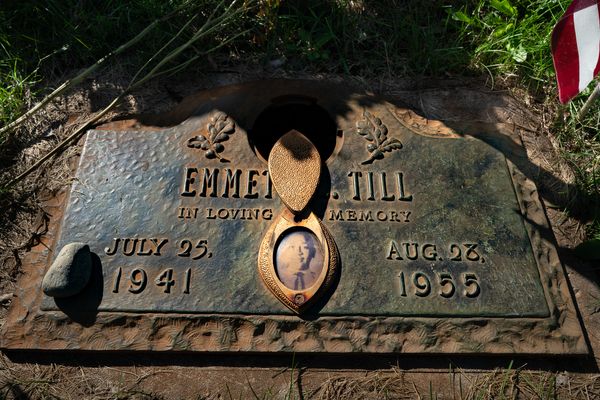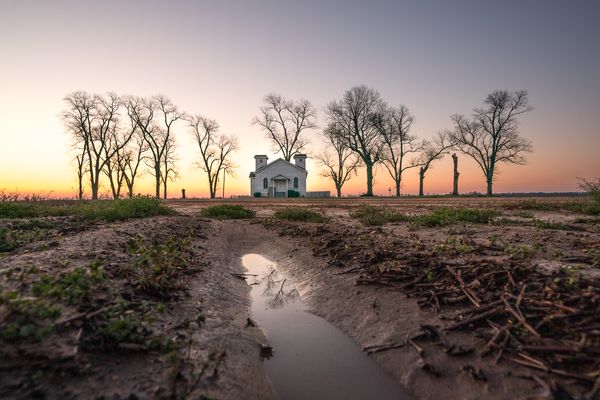About The Mississippi Delta Series: 2014 - Present
-
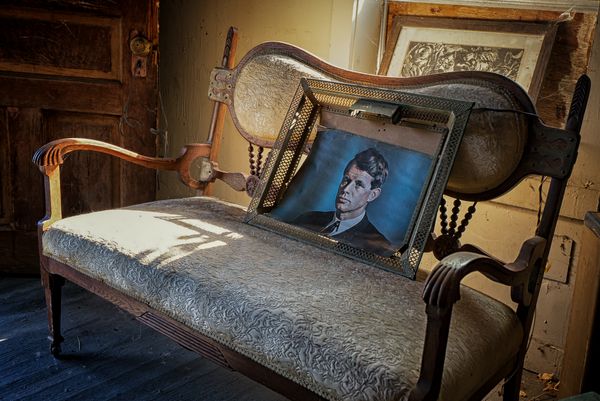
RFK - Greenwood, Mississippi
-
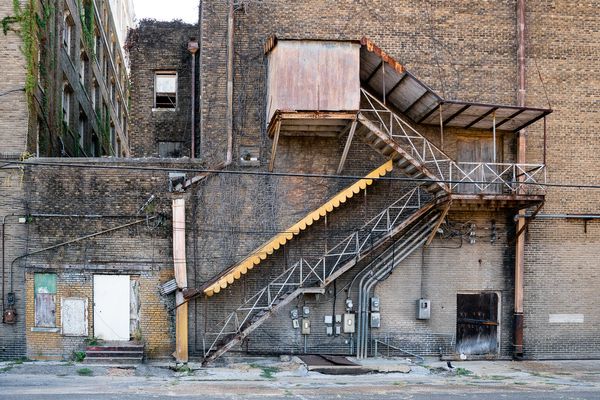
"Colored" Entrance At Rear Of Paramount Theater - Clarksdale, Mississippi
-
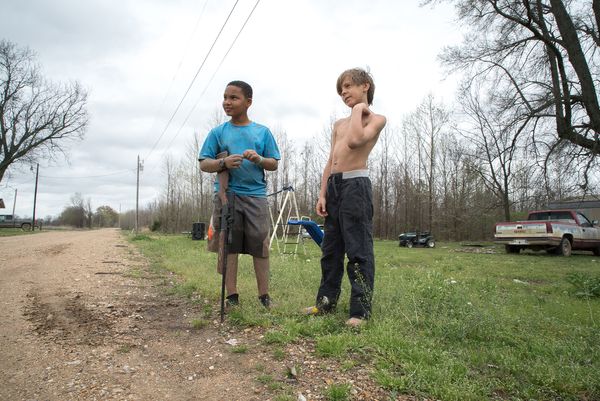
Best Friends - Crowder, Mississippi
-
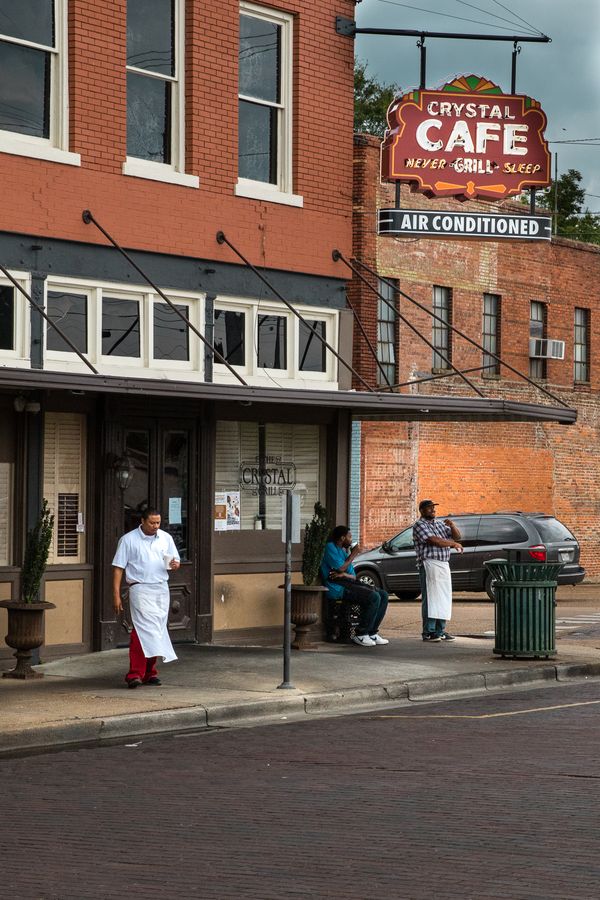
Crystal Cafe - Greenwood, Mississippi
-
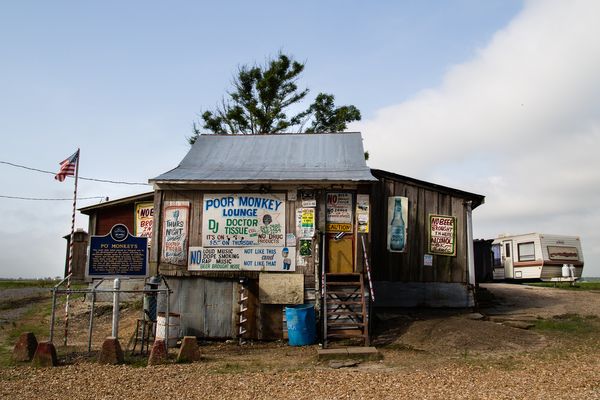
Po Monkey's - Merigold, Mississippi
-
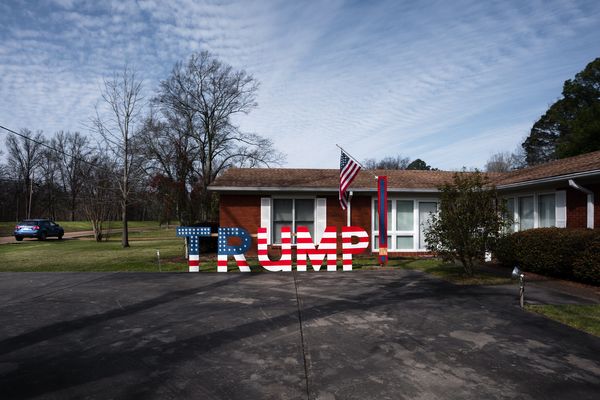
Trump House - Greenwood, Mississippi
-
![Emmett Till's Grave - Alsip, Illinois]()
Emmett Till's Grave - Alsip, Illinois
-
![Brooklyn Chapel - Greenwood, Mississippi]()
Brooklyn Chapel - Greenwood, Mississippi
The Mississippi Delta stretches about 200 miles long and 87 miles wide from Tunica south to Vicksburg. Some call it “The Most Southern Place on Earth” due to its racial, cultural and economic history. Much of the Delta’s population, both white and black, is poor.
Since before the Civil War, it has been one of the richest cotton-growing areas in the country. Some say that the Mississippi Delta is paralleled in its qualtiy of soil only by that of the Egyptian Nile basin. Early on, there were large plantations that were dependent on slave labor. After the Civil War, Blacks were disenfranchised and suffered from political oppression. As a result, many African Americans had to resort to sharecropping and tenant farming to survive.
Due to socio-economic conditions, racism and discrimination, about 400,000 African Americans moved north during the Great Migration (1916-1970). The 2020 population of Mississippi is just under 3 million, with about 37% being Black. A majority of the residents in many Delta counties are African American. The Mississippi Delta is now home to an estimated 365,000 Black Americans.
Jim Crow laws enforcing racial segregation in the South ended when the Civil Rights Act was signed in 1964. Nevertheless, de facto segregation remains, in some respects, a way of life for both poor black and some elements of the white populations. Blacks and whites interact but generally live and go about affairs separately. For example, in Greenwood, a railroad track intersects the town; Baptist Town is a predominantly African American neighborhood situated east of the tracks, while west of the tracks lies the downtown and predominantly white residential areas. There is a black barber shop and a white barber shop, no one is forbidden to go to either establishment, but separation hangs in the air like the heavy humidity that pervades the area during cotton harvest time.
Bayous, flooding, violence, and abandoned, run-down houses are commonplace in the Delta. People frequent card parlors and pool halls, while some still attend church on a regular basis. Children play in junk strewn yards and in make-do swimming holes.
This long-term, multi-year project paints a photographic picture of the Delta People, their lives and their culture.
